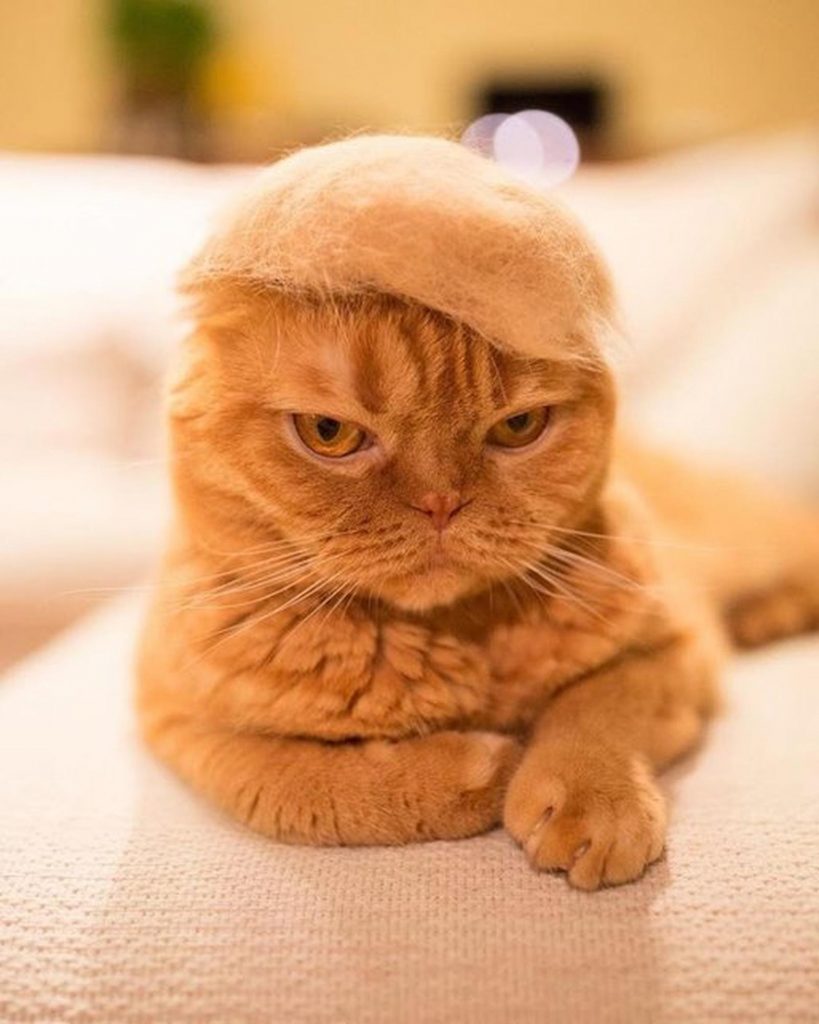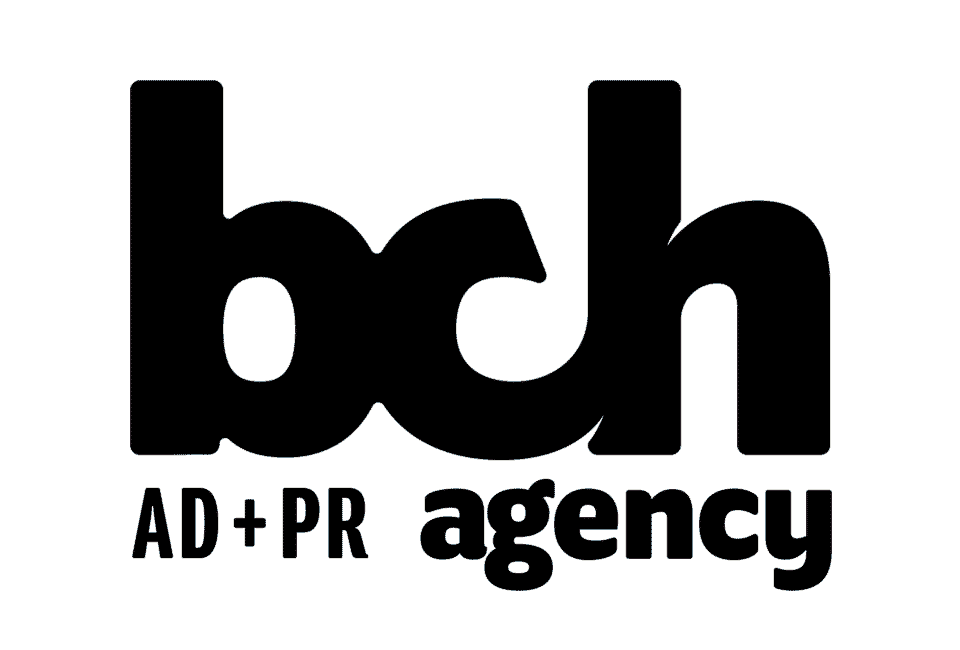Is advertising in the Big Game still worth the big price tag?
Picture this: You’re the CMO of a multi-billion-dollar company that makes cat toupees. Thanks to your good sense – and an inexplicable rise in feline baldness – sales are through the roof, and you find yourself faced with an opportunity you’ve never had before: making a Super Bowl ad.

The only hitch? By the time all‘s said and done, it’s going to cost around $9 million to produce and air – more than a quarter your annual marketing budget. Sure, cat toupees are all flying off the shelves today, but if they fall out of fashion tomorrow, you’ll still be out 9-large for the rest of the fiscal year.
So the question is, do you go for the glory and claim your place on the world’s biggest advertising stage? Or do you instead opt to spend those dollars on less ostentatious tactics like YouTube, Facebook and connected TV/streaming. To explore this question, we’ve recruited our Director of Digital Engagement Abigail Varner, and Associate Creative Director/Writer Steve Morgan. Together, they’ll weigh the pros and cons of investing in a 30-second TV spot for the Big Game.
Steve
First of all, Abby, I’m really excited to do this collab, and I look forward to a robust discussion. With that, I’m just going to come right out and say it: I think we should do the ad. It’s a once-in-a-lifetime opportunity, and the exposure alone could turn our cat toupee brand into a household name overnight.
Abby
Steve, respectfully, NO! And here’s why:
- Super Bowl inventory is more expensive than EVER this year. As in, the average 30-second spot is costing advertisers around $6.5 million, which is almost a million more than the average cost in 2021.
- On top of the sky-high price point, Super Bowl viewership has been in decline for the last decade. In fact, last year’s matchup only brought in 96.4 million viewers, making it the least-watched Super Bowl since 2007.
So, I’d argue that, for our friends in the cat toupee biz, spending the cash to put a commercial in the Super Bowl is NOT the way to go.
Steve
I hear you – but despite declines in viewership, a Super Bowl ad is still the most coveted spot in advertising. Last year’s game had the lowest total audience since 2007, but it still attracted nearly 100 million viewers – and attentive ones, at that. In fact, 3 out of 4 Super Bowl viewers cite ads as a reason for watching.
So while it’s a pricey endeavor, I’d argue it’s a bargain to have the attention of that many people for a whole 30 seconds. Plus, just think of how many of those households have a balding cat in the family.
Abby
But do we really need 30 whole seconds to convey a message? Haven’t we gotten snappier than that over the last few years?It’s also difficult to actually DO anything with a 30-second spot anymore, really. They’re too cumbersome for social media. They’re not very popular in streaming environments where :15s and even :06s bumpers play well. Not to mention, people’s attention spans just don’t last – even when you can get spots into viewing schedules.
Steve
That’s a good point, but I also think 30 seconds opens up a lot more possibilities for storytelling. Maybe we could go big for the Super Bowl then cut a :15 for subsequent placements? On the other hand, when it comes to using a :30 on social media, call me naive but I believe you can hold attention for that amount of time IF you tell a compelling story – and there are not many more compelling than tales of cats whose confidence has been decimated by baldness, only to be restored thanks to a handsome toupee, imho.
Abby
What people are capable of doing (paying attention), versus what they actually do (not pay attention), are just big-fat-different in real life. Maybe it’s because by the time we actually get to the Super Bowl each year, we’ve also already seen all the sparkly new spots from heavy-hitter brands. For example, AT&T, Pepsi and Lays released their 2022 commercialsweeks in advance.
Steve
True, but because Super Bowl ads are now shared in advance of the game, they’re likely to earn an even bigger audience. While it may be anticlimactic to see a spot before Super Bowl Sunday, as an advertiser, the early distribution on news sites and social media, etc. make the price tag look more like a value.
Abby
But what about the risk? With all that extra pressure from the social media gods coming into play, don’t brands who advertise in the Super Bowl equally open themselves up to huge flop potential?
Steve
I won’t argue that there’s always a risk an ad won’t land – whether it runs during the Super Bowl or the evening news. However, having the opportunity to reach for the holy grail of advertising is tantalizing to say the least.
Despite the practical factors like exorbitant cost, I believe the possible rewards of a Super Bowl spot still outweigh the risks. Plus, the Bengals are back in the Big Game for the first time in 33 years. If that’s not a sign for our cat toupee business, I don’t know what is. (#WhoDey.)
So there you have it – a tie. Let’s hope the Big Game itself doesn’t end that way. Though Abby and Steve see the value of Super Bowl ads in different terms, their viewpoints reflect the dichotomy of opinions throughout the land. So what do you think? Are Super Bowl ads still that big a deal? Or are they just vanity buys whose prestige is beginning to fade with each passing year?

 Previous Post
Previous Post
